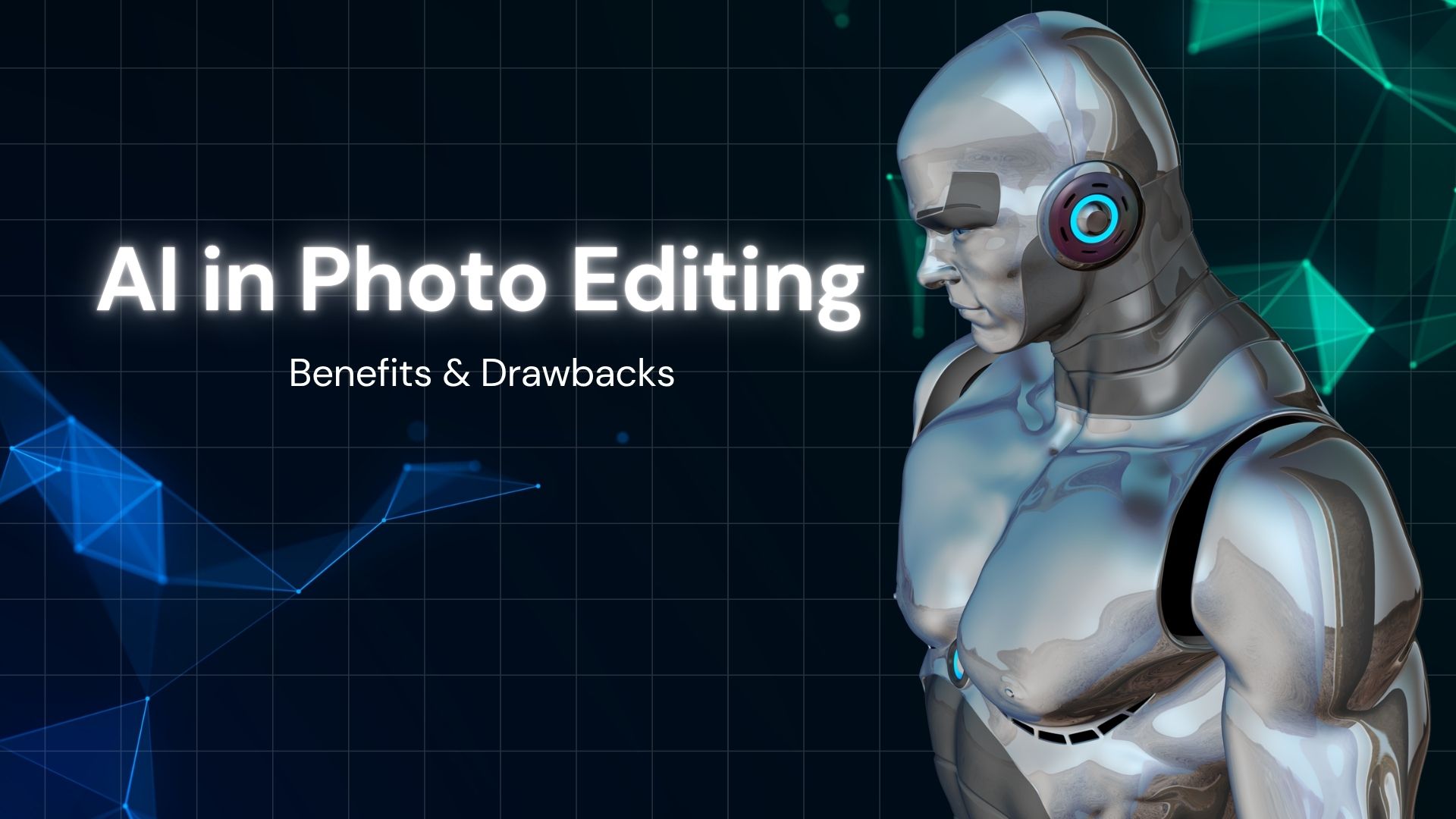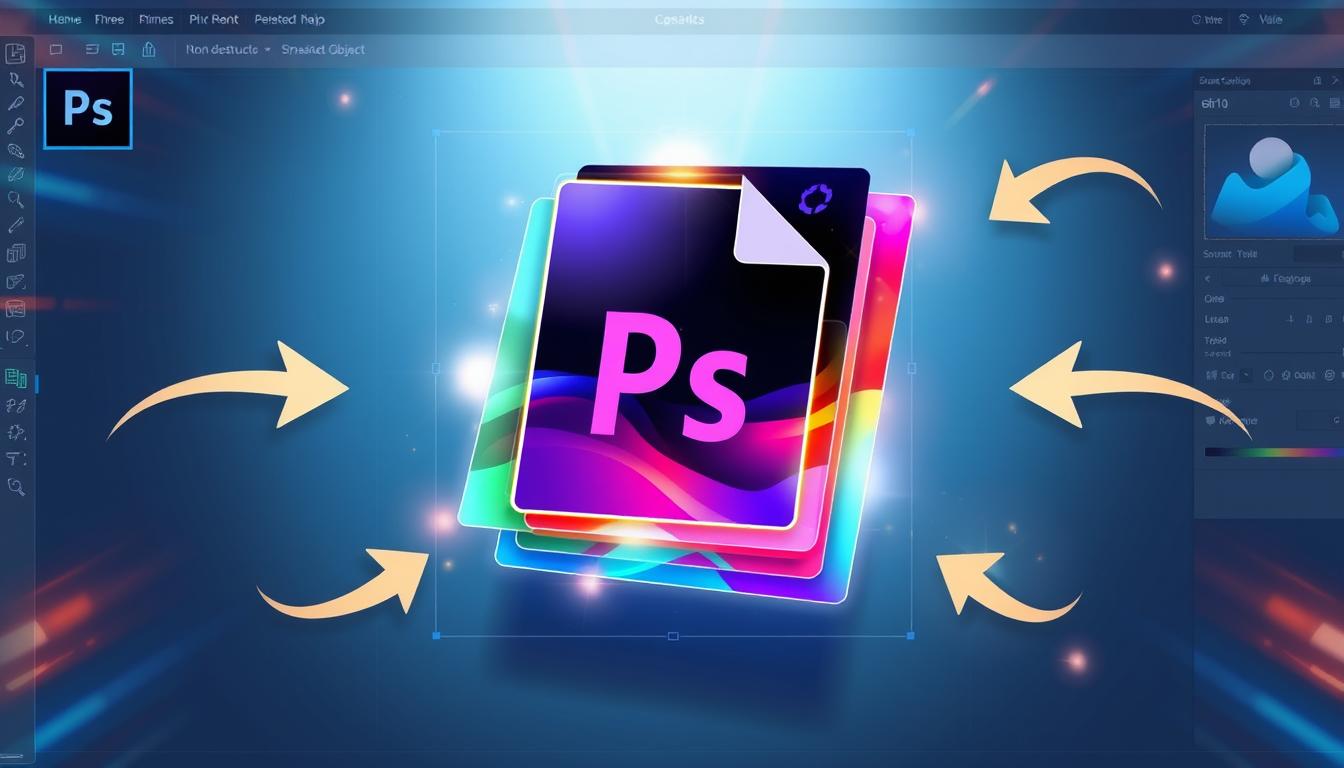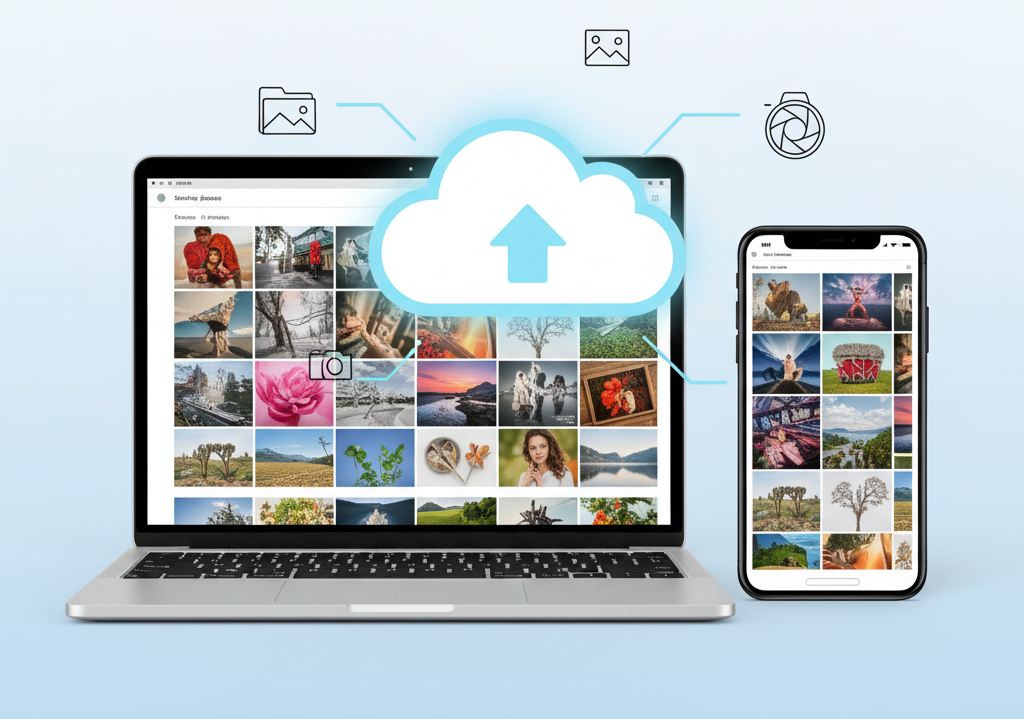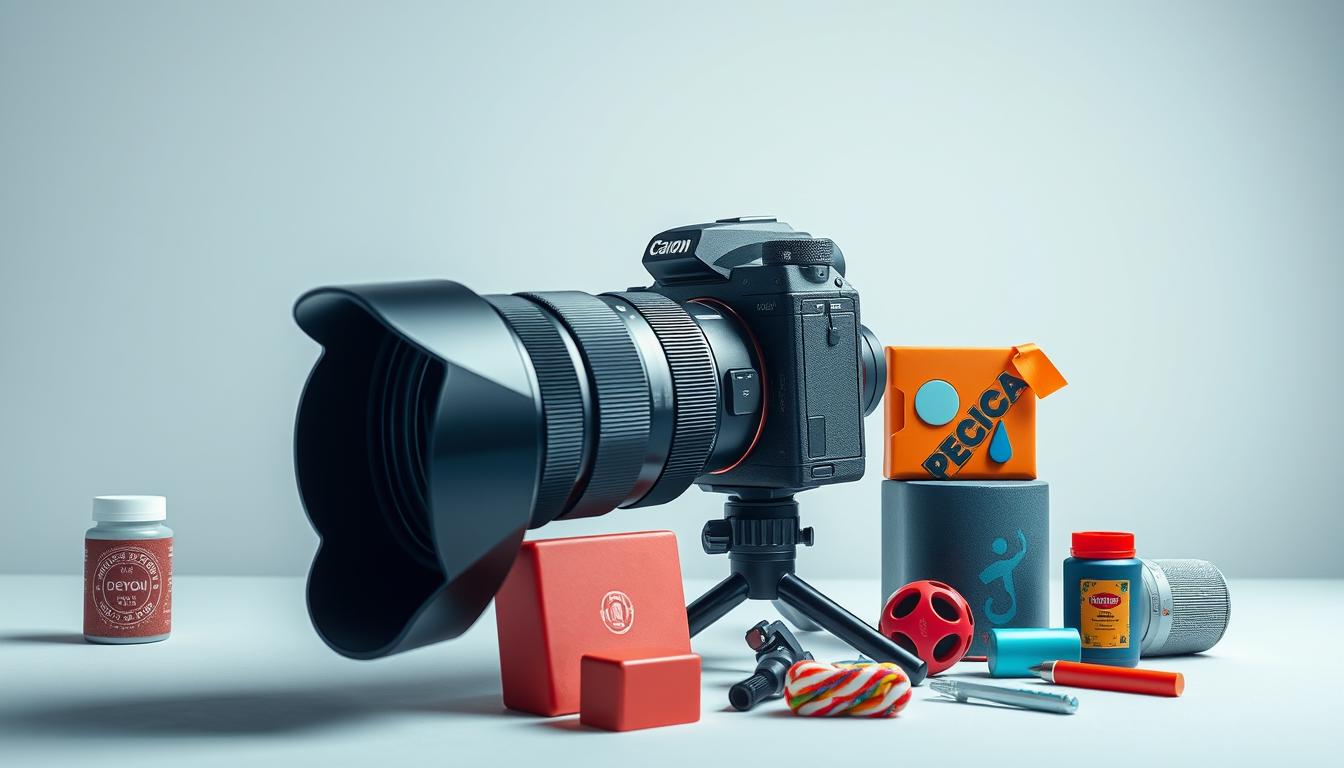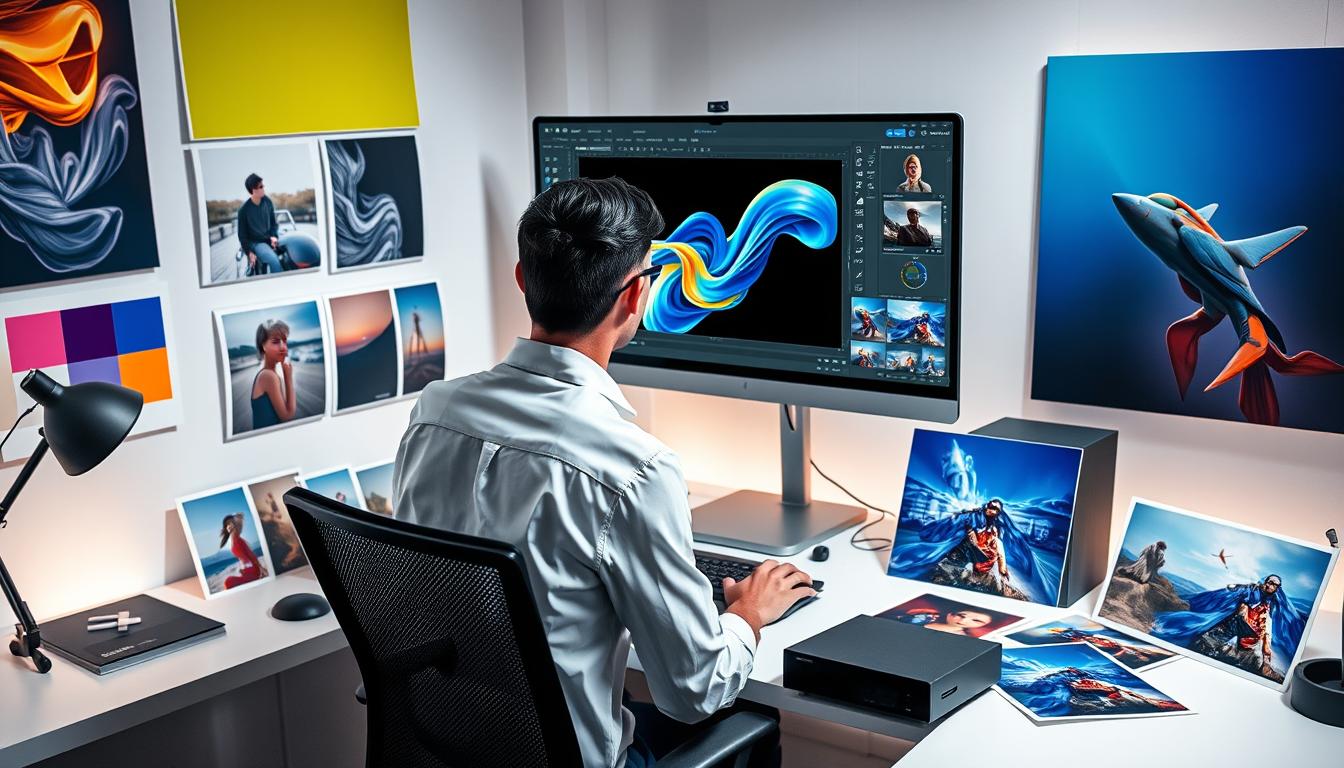AI is no longer just a buzzword—it’s transforming how we work, create, and even how we edit photos. Whether you’re managing product shots, capturing fast-paced sports, or refining studio headshots, AI tools promise speed and simplicity. But how well does it actually work when you put it to the test?
In this guide, we explore how AI is impacting modern photo editing, where it shines, where it falls short, and when it’s better to trust human hands over automated tools.
How AI Is Changing Photo Editing
AI tools are changing the game for photographers and brands—making it easier to manage huge image libraries and even handle edits automatically. Many tasks that once took hours now take minutes—or even seconds—with the help of artificial intelligence.
What Can AI Tools Do Today?
- Sort and label large batches of images
- Suggest color corrections and lighting adjustments
- Remove or replace backgrounds
- Highlight faces and sharpen features
- Predict which images will attract more attention
- Easily create images just by typing instructions or choosing from ready-made templates.
- Identify editing trends across large photo sets
AI-driven software like Luminar AI, Retouch4me, or Photoshop’s AI filters are making these features more accessible to beginners and faster for professionals. AI in photo editing has come a long way—but it’s far from a complete solution.
Pros of Using AI for Photo Editing
Speed and Efficiency
One of the biggest advantages of AI tools is how quickly they can process images. You can edit entire photo sets simultaneously, cutting down production time by hours—or even days. For e-commerce brands or photographers handling tight deadlines, this can be a game-changer.
Example: AI can tag, crop, or apply adjustments to thousands of images far faster than a human editor could.
Beginner-Friendly
You don’t need years of experience to get started with AI editing tools. Many platforms use drag-and-drop interfaces or sliders that make editing feel easy—even for those with no formal training.
Cost-Effective
AI photo editors often come with free or low-cost options. You can skip paying for expensive editing software or outsourcing for small tasks. It’s an attractive advantage for freelancers and growing brands working with limited resources.
Flip Side: Limitations of AI Photo Editing
Despite its strengths, AI editing has its limitations—especially when precision, creativity, or trust is on the line.
Quality Isn’t Always Consistent
AI tools often make editing decisions based on patterns or presets. This can lead to:
- Misaligned cutouts
- Over-retouched faces
- Failing to capture the nuanced touches—such as flyaway hairs or material textures—that bring images to life.
- Inaccurate color correction for complex lighting situations
For high-detail work (like product photos or portrait retouching), these issues become more obvious—and costly.
Lack of Creative Control
Editing is both technical and artistic. AI can adjust contrast or remove backgrounds, but it can’t understand your brand’s aesthetic or creative intent. Need a specific mood or unique style? You’ll likely hit a wall with AI tools.
Hidden or Ongoing Costs
While many AI tools offer free versions, they often limit functionality:
- Watermarked exports
- Daily save limits
- Pay-per-export fees
- Expensive plugin models
What starts as a budget-friendly option can quickly turn into a costly subscription model.
You Still Need a Human to Review
AI-generated edits usually need human oversight. Whether it’s correcting bad cutouts or fixing subtle mistakes, you’ll often spend time reviewing and tweaking AI results—sometimes more time than it would’ve taken to do it manually.
Real Examples: What Users Say About AI Editors
- Evoto: Offers simple retouching for portraits, but exporting costs ~5 cents per image. One user called it “convenient, but not always accurate.”
- Retouch4me: It handles skin tone adjustments well, but each plugin comes with a steep price—about $100 apiece. One photographer mentioned that while it speeds up dodging and burning, it still requires precise masking to get clean results.
- Topaz: Known for noise reduction and sharpening. However, users have raised concerns about reliability and the accuracy of AI-generated “before and after” images.
- Pixlr: Once praised for its free tools, but now restricts users to only two saves per day unless they pay.
When Should You Use AI for Photo Editing?
AI editing tools work well when:
- You need quick background removal or color correction
- You’re editing large volumes of photos
- You don’t have editing experience or expensive software
- The images don’t require custom or creative retouching
However, AI is not ideal when:
- You need pixel-perfect results
- You want to match a brand’s creative direction
- Your edits require collaboration, judgment, or problem-solving
- Edits need to reflect reality—especially in commercial product photography or portraits.
Human Editors vs. AI: Which Is Better?
While AI tools are fast and helpful, they still can’t match the precision, skill, and creative eye of a professional editor. For industries like fashion, jewelry, real estate, and e-commerce—where details matter—manual editing still leads the way.
At Graphics Arts Solution, every photo is edited by real humans, not algorithms. That means:
- Hair and edges are cleaned with pixel-level accuracy
- Shadows are adjusted with a natural touch
- We meticulously design every visual aspect to match your individual style and branding.
- We offer direct communication channels to ensure your needs are clearly understood and met.
We deliver high-quality results in as little as 6 hours—and you can try our services absolutely free.
Frequently Asked Questions
Are there free AI tools for photo editing?
You can definitely find free AI tools on platforms like Fotor, Canva, and Photopea. But keep in mind—most of them have usage limits unless you switch to a paid plan.
Which AI editor is best for professionals?
Tools like Luminar AI and Adobe Photoshop (with AI filters) are widely used by pros. By integrating AI tools with manual adjustments, they ensure both accuracy and artistry.
Can ChatGPT edit photos?
No, ChatGPT can’t edit images. But it can guide you through tools, help you write editing instructions, or recommend the best apps for your needs.
Is it ethical to use AI in photo editing?
That depends on context. Basic enhancements (like noise reduction or sharpening) are generally fine. But when AI manipulates images to the point of being misleading, especially in commercial or journalistic use, ethical concerns arise.
Will AI replace human photo editors?
Not completely. AI is a great assistant, but human editors bring creative vision, emotional understanding, and custom craftsmanship—things AI can’t replicate.
Final Thoughts
AI photo editing is a powerful tool—but it’s not a full replacement for human skill. It shines when speed and simplicity are needed, but struggles with nuance, creativity, and perfection. Whether you’re a busy photographer, an e-commerce seller, or a marketing team leader, knowing when to use AI (and when to avoid it) can save time, money, and headaches.
Looking for reliable, affordable, and creative photo edits? Try Graphics Arts Solution — where your photos are edited by expert hands, not machines.

